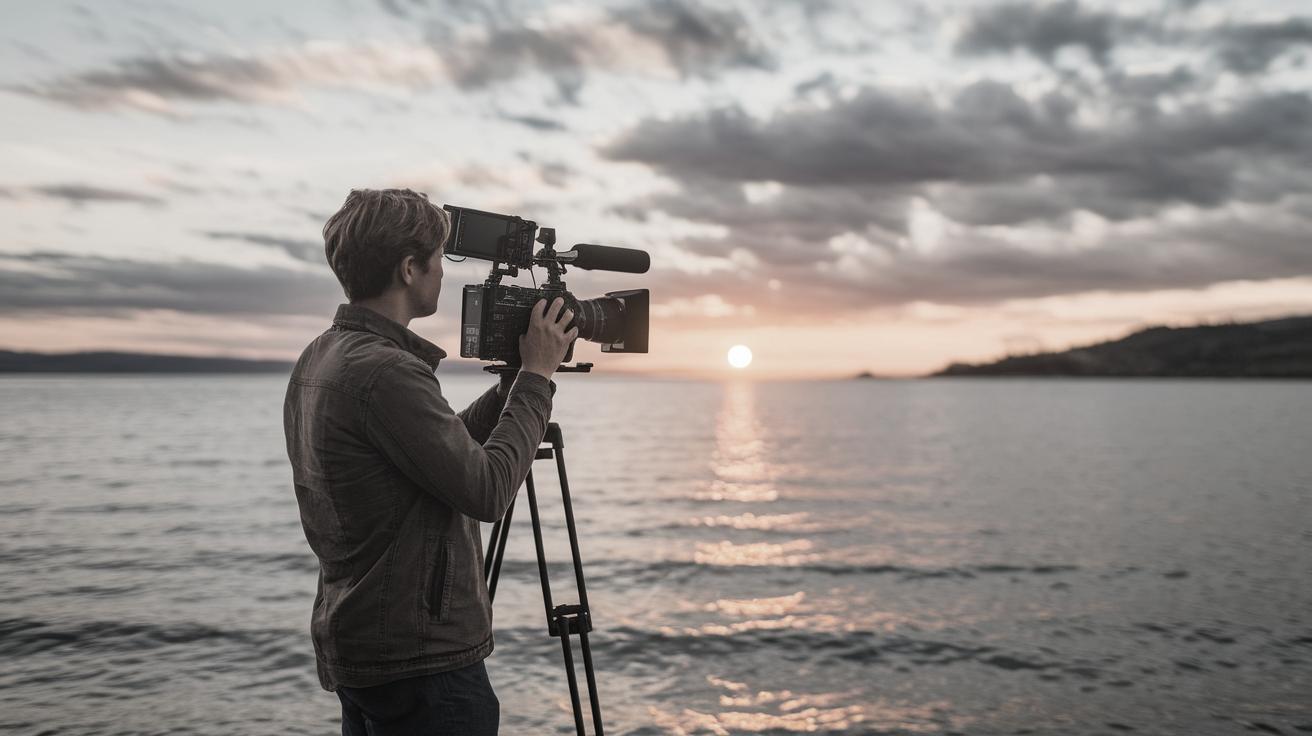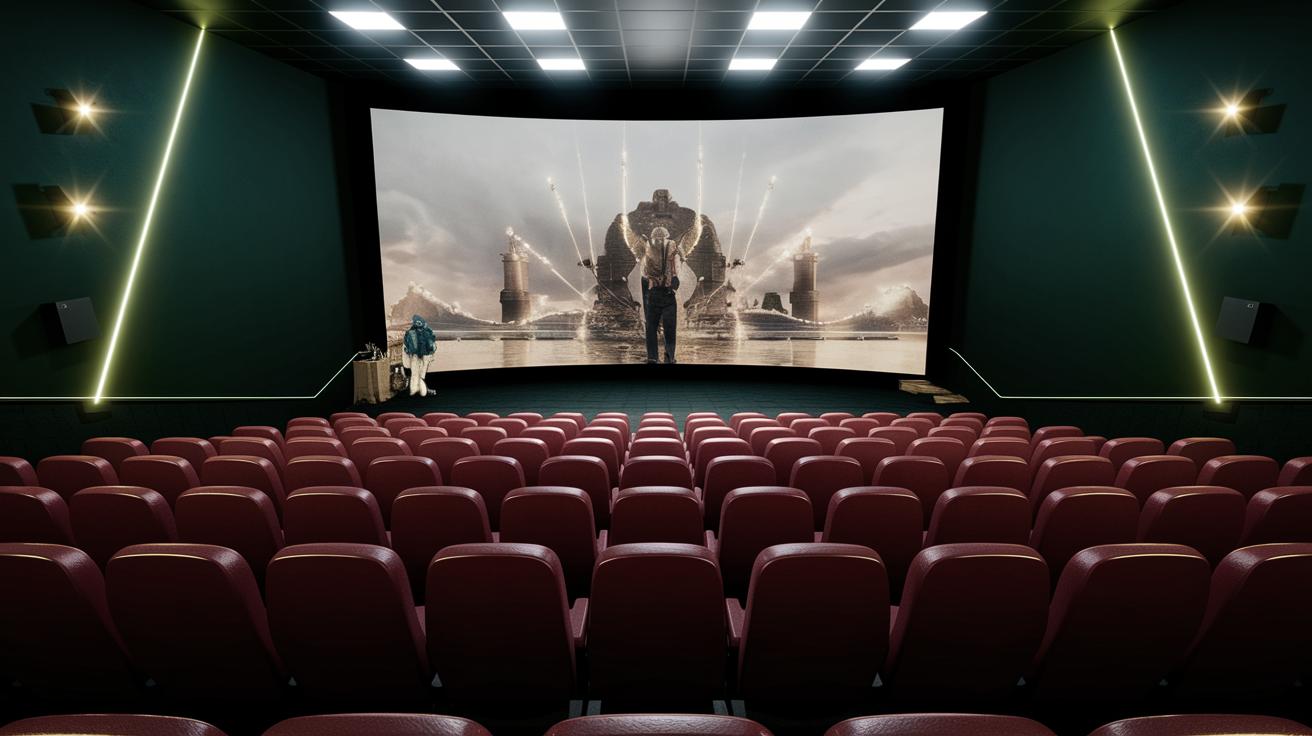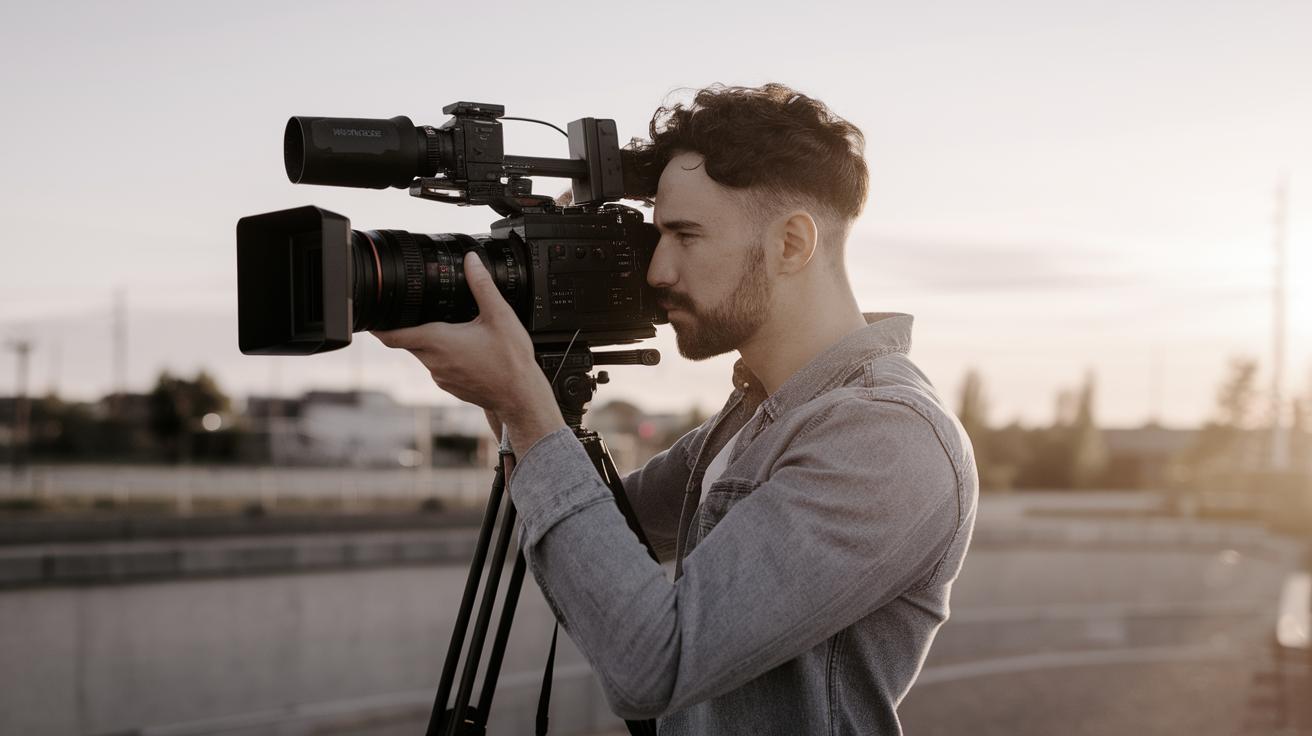What Equipment is Crucial for Professional Filmmaking?
Filmmaking is an intricate art that requires a keen eye for detail and the right set of tools to bring a vision to life. Whether you’re an aspiring indie filmmaker or a seasoned director, understanding the core equipment for filmmaking is essential. In this blog post, we’ll delve into the crucial gear necessary for professional filmmaking. From the precision of camera gear to the finesse of lighting and sound, each piece of equipment plays a vital role in crafting a cinematic masterpiece. We’ll explore camera essentials like lenses and filters, foundational supports such as tripods and gimbals, as well as other equipment including computers and editing software. By the end of this post, you’ll gain a comprehensive understanding of the tools that are indispensable for capturing your cinematic vision with clarity and precision.
Camera Gear
Camera
The camera is the heart of any filmmaking process. A professional-grade camera is crucial for capturing high-definition images and videos. While digital cinema cameras like the RED or Arri Alexa are industry favorites, DSLRs and mirrorless cameras with 4K capabilities have become popular among indie filmmakers due to their versatility and affordability.
Choosing the right camera involves balancing factors like resolution, sensor size, frame rates, and budget. Investing in a camera that suits your specific needs and the type of films you aim to create is integral to achieving the desired visual quality and narrative style.
Lens
Lenses are pivotal in determining the look and feel of the film. The choice of lenses impacts depth of field, focus, and overall image sharpness. Prime lenses offer excellent image quality and are ideal for low-light situations, whereas zoom lenses provide flexibility in focal lengths without the need to change lenses frequently.
Wide-angle lenses can capture expansive shots and are perfect for landscapes, while telephoto lenses bring distant subjects into sharp focus, making them essential for certain narratives and styles. Filmmakers often carry a selection of lenses to suit various shooting conditions and creative visions.
Filter
Filters are used to enhance or modify the lighting and colors entering the camera lens. Neutral density (ND) filters reduce the amount of light entering the lens, allowing filmmakers to shoot at wider apertures in bright conditions without overexposing the shot.
Polarizing filters are another tool to reduce glare and reflections, particularly useful for shooting outdoors. They enhance color contrast and saturation, adding depth to the image and improving the quality of the footage.
Support
Durable support systems are essential to provide stability and fluidity in camera movements. Supports come in various forms, and choosing the right one depends on the specific filming requirements.
From handheld supports for dynamic shots to professional mounts for fixed positions, each plays a role in maintaining the production’s visual aesthetics while ensuring that the camera performs optimally during shoots.
Tripod
A sturdy tripod is a fundamental piece of equipment for steady shots. Tripods are vital for static scenes, allowing for precise framing and consistency across takes. They ensure stability and are especially useful for time-lapses or nature shots.
High-quality tripods come with fluid heads, enabling smooth pan and tilt movements. The stability offered by a tripod is unmatched, making it an indispensable tool for professional filmmakers.
Gimbal
Gimbals provide smooth and stable footage while allowing the flexibility of handheld shooting. They are ideal for those dynamic shots that require the camera to move with the action while maintaining a steady image.
Modern gimbals are lightweight and user-friendly, equipped with advanced stabilization technology to achieve professional results without the hassle of setting up complex rigs.
Sliders
Sliders are crucial for creating cinematic camera movements. They allow for smooth horizontal, vertical, or diagonal camera slide shots, adding dynamic motion to scenes that would otherwise be static.
Sliders are available in various sizes and can be motorized or manual. They are used to create nuanced compositions, enhancing storytelling by adding motion to shots in a controlled manner.
Other Rigs
Shoulder Rig
Shoulder rigs provide stability for handheld shooting, balancing the camera on the shoulder of the operator. They offer freedom of movement, making them perfect for documentaries and fast-paced scenes.
Shoulder rigs distribute the camera’s weight more evenly and minimize fatigue during longer shoots. They often come with additional attachments for monitors, microphones, and other accessories to ease the shooting process.
Overhead Camera Rig
Overhead camera rigs are designed for capturing aerial views or top-down shots. They are essential for creative compositions often used in culinary filming, product reviews, or scenes requiring a bird’s-eye perspective.
These rigs can be mounted on ceilings or built with stands, allowing filmmakers to capture unique angles that add interest and depth to the film’s visual narrative.
Lighting
Camera Light
Camera lights attach directly to the camera and are essential for illuminating subjects in low-light conditions or creating fill light. They can be compact and portable, offering great versatility for on-the-go shooting environments.
Choosing the right camera light involves considering the light intensity and color temperature control. Quality camera lights drastically improve footage quality by removing unwanted shadows and highlighting subject details.
Light Reflector
Light reflectors are versatile tools used to direct and soften natural or artificial light. They help in filling shadows and balancing light, especially in outdoor shoots where controlling light is challenging.
Reflectors come in various sizes and colors, each offering different lighting effects. Silver reflectors are used for intense light, while gold provides a warm tone, making them indispensable for achieving the desired lighting mood.
Lighting Kit
A comprehensive lighting kit is essential for controlling the visual mood of a scene. It usually comprises several lighting instruments like softboxes, LEDs, and fresnel lights, each serving specific purposes.
Mastering lighting techniques is crucial for filmmakers, as lighting drastically influences the film’s aesthetics. A versatile lighting kit allows for experimentation and precise control over the ambiance and tone of every shot.
Sound
Microphones
High-quality microphones are imperative for clear audio capture, which is as vital as the video component. Shotgun and lavalier microphones are popular choices, catering to different recording needs.
Shotgun mics are directional and excellent for isolating sounds, making them perfect for dialogue and point-specific sound capture. Lavalier mics are discreet and ideal for capturing dialogue in a moving scene or interviews.
Audio Recorder
Audio recorders ensure higher quality sound capture and are often used in conjunction with external microphones. They provide the capacity for multi-track recording, essential for capturing detailed and layered soundscapes.
Professional audio recorders come with various input options and features like phantom power, making them suitable for diverse filmmaking scenarios. Post-production relies heavily on quality sound recordings, highlighting an audio recorder’s role in any production setting.
Headphones
Monitoring audio with precision is crucial; thus, high-quality headphones are essential tools for filmmakers. They allow for real-time audio monitoring, ensuring capturing clean, interference-free audio.
Sound inconsistencies can disrupt post-production workflows; therefore, investing in comfortable, over-ear headphones with high fidelity is recommended for maintaining sound quality standards during live recording sessions.
Other Equipment
Extra Batteries
Running out of power can bring a film shoot to a halt, so having extra batteries is essential. Professional-grade cameras and their accompanying gear often consume substantial power, hence the need for additional power supplies.
Planning shoots with extra charged batteries ensures continuity and keeps the production schedule on track. It’s a small but crucial aspect of pre-production preparation every filmmaker must consider.
External Hard Drive
With high-resolution video files taking up significant storage space, having a reliable external hard drive is critical for data management. It enables secure storage of footage and frees up camera storage for ongoing shoots.
Choosing an external hard drive with fast data transfer speeds and sufficient storage capacity is essential for maintaining an efficient workflow. Additionally, backups on durable, portable hard drives are vital for data safety and accessibility.
Computer and Editing Software
Editing is where the magic of filmmaking comes together, requiring a powerful computer and professional-grade editing software. Equipped with fast processors, substantial RAM, and high-quality graphics cards, such computers can handle intensive post-production tasks.
Editing software like Adobe Premiere Pro, Final Cut Pro, or DaVinci Resolve offers comprehensive tools for refining footage, adding effects, and blending audio. A solid post-production setup significantly impacts the final product, bridging the realization of the filmmaker’s vision.
Camera Bag
A durable, spacious camera bag serves as a vessel to carry and protect filmmaking gear. It keeps equipment organized, accessible, and safe from environmental factors, travel, and transit mishaps.
Features to look for in a camera bag include ample padding, customizable compartments, and water resistance. Investing in a high-quality bag pays off by preserving expensive gear and ensuring filmmakers are ready to capture the moment at any location.
Lessons Learned
| Category | Essential Equipment |
|---|---|
| Camera Gear | Camera, Lens, Filter, Support, Tripod, Gimbal, Sliders |
| Other Rigs | Shoulder Rig, Overhead Camera Rig |
| Lighting | Camera Light, Light Reflector, Lighting Kit |
| Sound | Microphones, Audio Recorder, Headphones |
| Other Equipment | Extra Batteries, External Hard Drive, Computer and Editing Software, Camera Bag |


